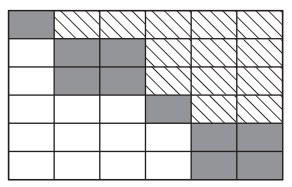qz
Generalized Schur (QZ) factorization for generalized eigenvalues
Description
Examples
Input Arguments
Output Arguments
More About
Tips
You can calculate the generalized eigenvalues that solve the generalized eigenvalue problem from the QZ factorization. For triangular
AA, calculate the eigenvalues usingdiag(AA)./diag(BB). For quasitriangularAA, calculate the eigenvalues usingordeig(AA,BB).
Extended Capabilities
Version History
Introduced before R2006a
